Protocol Whitepaper Master Guide 2021
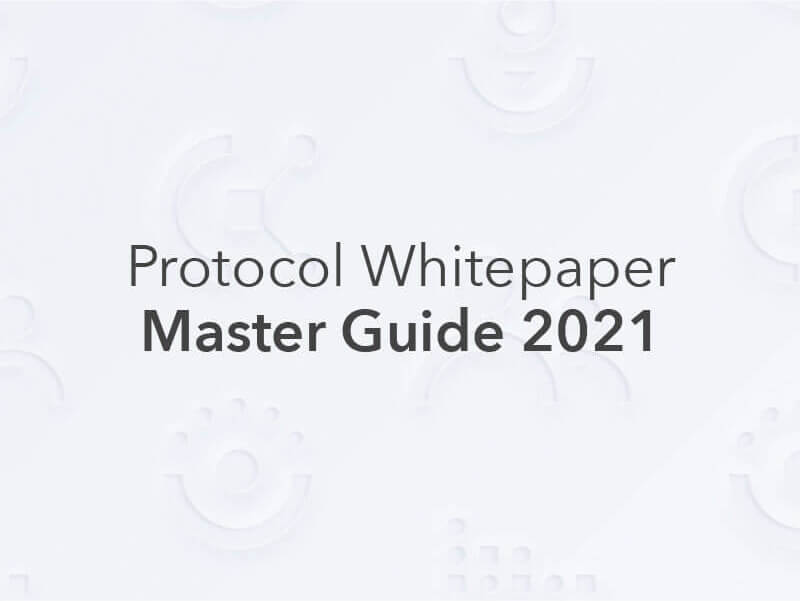
No aspect of a protocol/crypto project is more representative of its worth than its whitepaper. It acts both as a symbolic milestone and a carefully designed story of the company’s current and future objectives. Those familiar with the market and blockchain projects should have an educating experience when reading whitepapers. However, whitepapers remain largely unapproachable, […]
Why We Invested In Unique Network
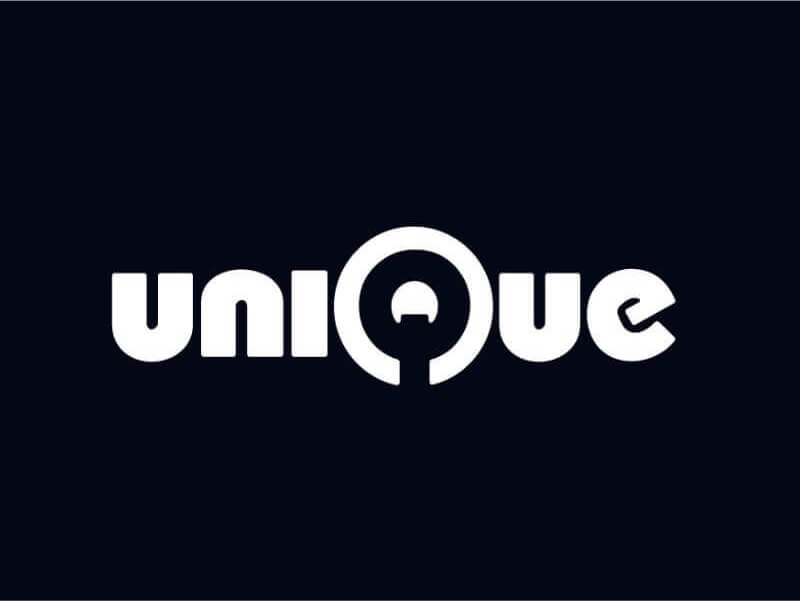
Unique Network is Outlier Venture’s latest investment and participant in our token launch program, Ascent. Polkadot’s first custom parachain was explicitly designed for NFTs with a powerful ‘NFT Pallet’, which allows for greater flexibility to create collections and manage ownership. Including improved levels of governance, permissions, and royalties. For the first time, they’re offering a […]
Can blockchain technology prevent the imminent financial conflict between the United States and China?

What are the benefits of the reserve currency status? The global reserve currency is a currency that the world’s central banks use as their foreign exchange reserves. Foreign exchange reserves are typically used by countries to: Balance international payments Manage the exchange rate of their domestic currencies Balance of international payments is the difference between all […]
So why build in the Open Metaverse?
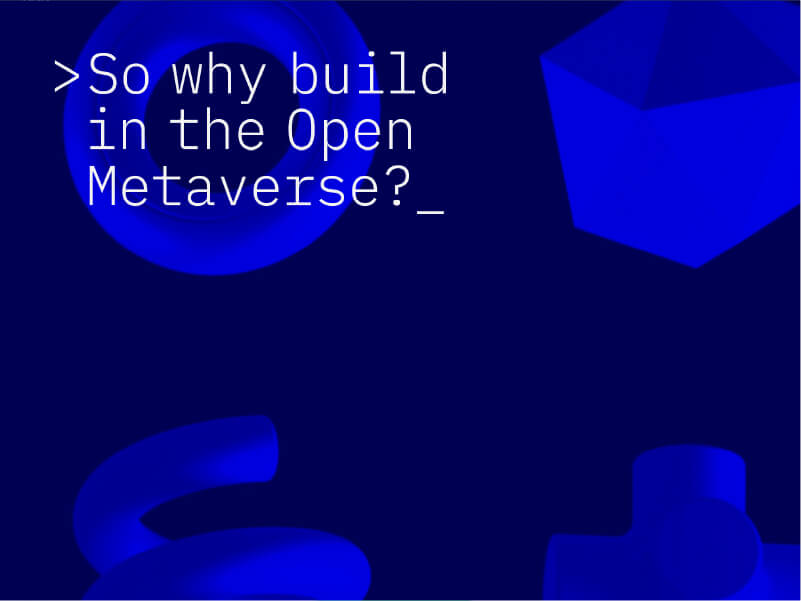
Well firstly there is a general direction of travel towards open standards in the Metaverse even by what you might at first glance regard as it’s closed participants including: Open 3D object media standards: There are a number of now well established standards around 3D object media including Pixar’s USD (Universal Screen Description) and NVIDIA’s […]
Why We Invested In Polkadex
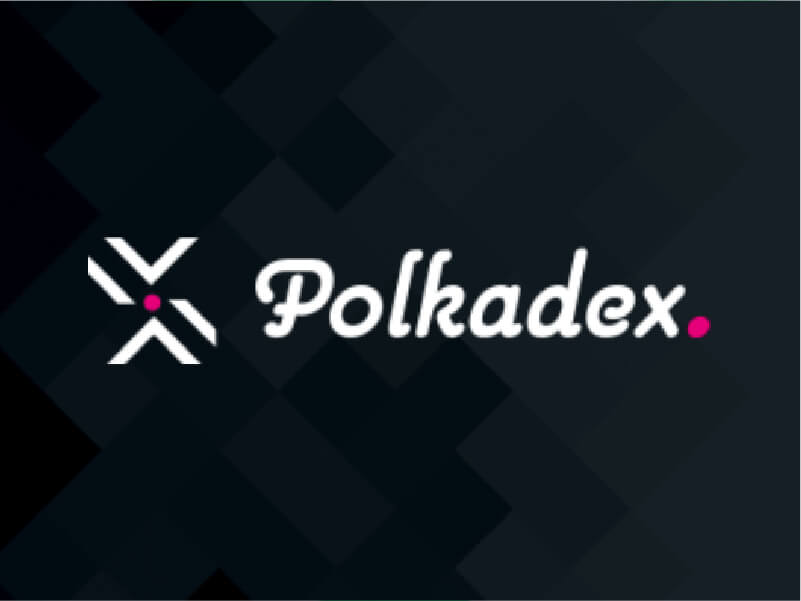
Leveling the playing field in DeFi Polkadex not only increases the efficiency behind transaction settling, allowing for higher throughput, scale, and faster transactions by removing fees and in doing so solves more complex issues such as increasing liquidity and front running. One of the key design flaws in today’s DEX are users know which transactions […]
Closer look at the Open Metaverse OS
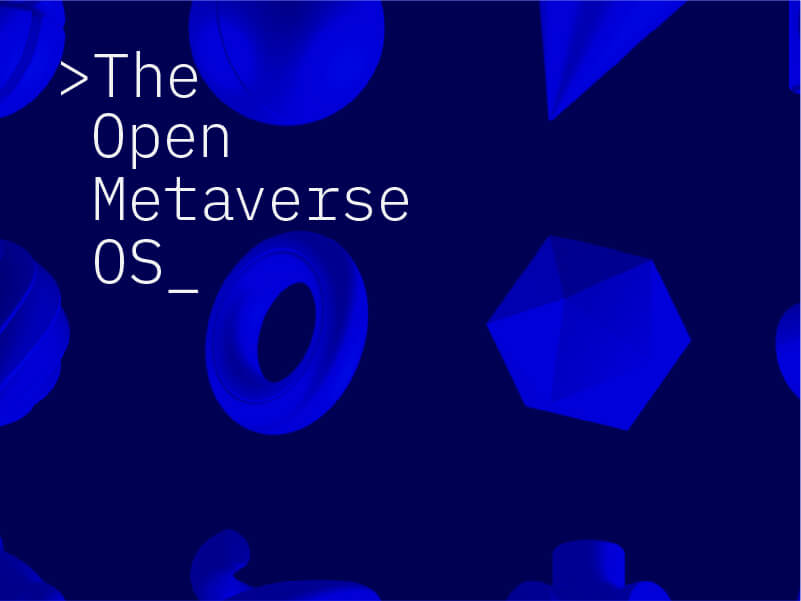
Equally, Web 3 technology has instead optimised primarily for high degrees of decentralisation and transaction security rather than and sometimes at the expense of enabling smooth, real-time interactions, and its applications for more 2D web based experiences on desktops and mobiles. As a consequence user experience in Web 3 has to date been poor and […]

